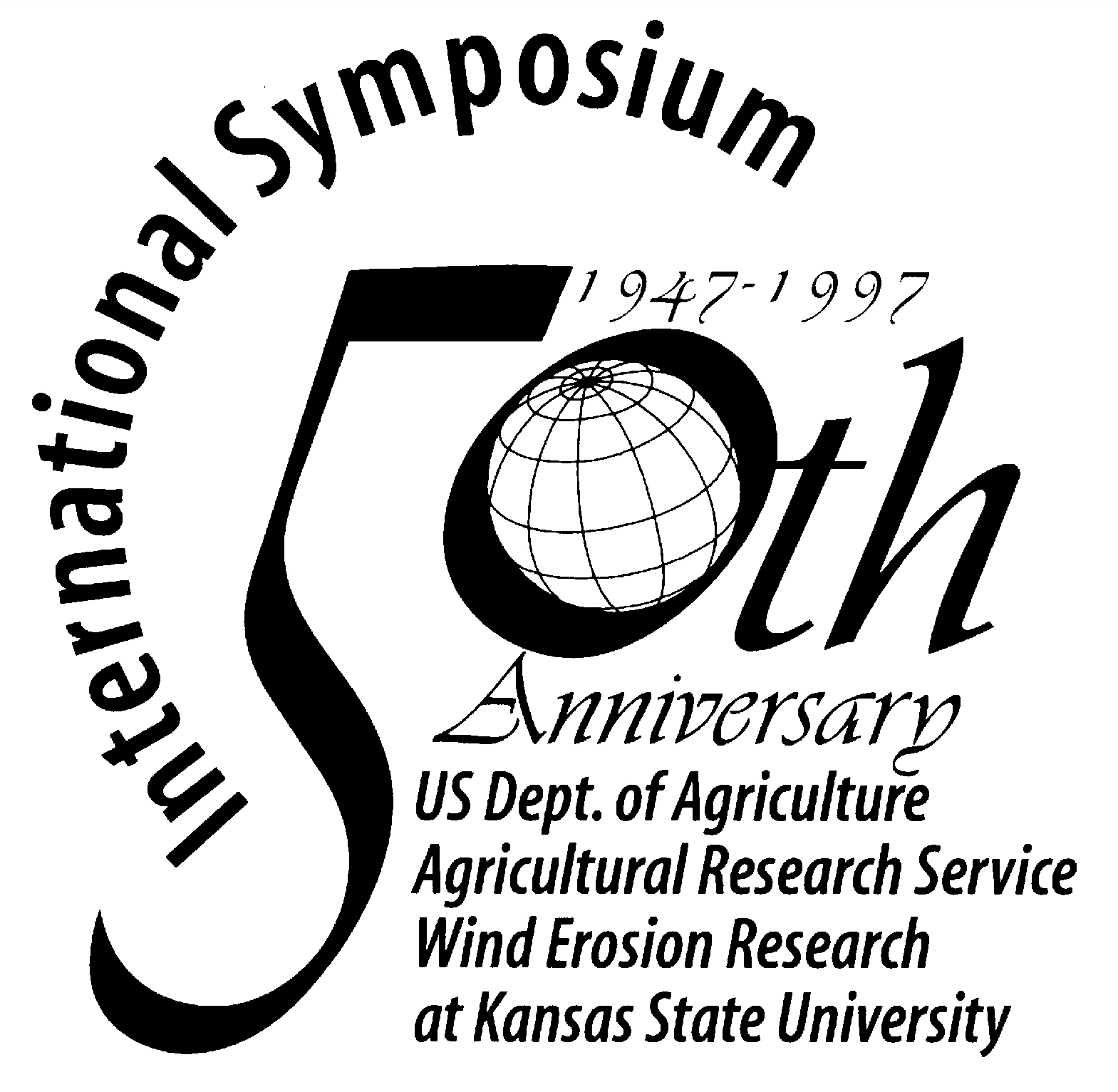|
Wind Erosion Prediction System: Weather Generation Submodel
J. Tatarko, E.L. Skidmore, and L.E. Wagner
Abstract
The Wind Erosion Prediction System (WEPS) requires wind speed and direction in order to
simulate the process of soil erosion by wind. These and other weather variables are also
needed to drive temporal changes in hydrology, crop growth, soil erodibility and residue
decomposition in WEPS. The weather generator of WEPS consists of the programs WINDGEN and
CLIGEN as well as a user interface and is capable of simulating needed weather variables
on a daily basis and wind speed on a subdaily (eg. hourly) basis. WINDGEN is the program
that simulates wind speed and direction for WEPS for approximately 600 locations in the
USA. It was developed specifically for use with WEPS and stochastically simulates wind
direction and maximum and minimum wind speed on a daily basis. In addition, WINDGEN
provides the hour at which the maximum wind speed occurs for each day based on historical
records. Subdaily wind speeds are generated within WEPS. CLIGEN is the weather generator
developed for the Water Erosion Prediction Project (WEPP) family of water erosion models.
It is used with WEPS to generate an average annual air temperature as well as daily
precipitation, maximum and minimum temperature, solar radiation, and dew point
temperature. Average daily air temperature and elevation for the site are used to
calculate average air density within WEPS. Future improvements in weather generation for
WEPS include the incorporation of WINDGEN wind generation routines into CLIGEN, expansion
of the data base to ~2500 stations in the USA, and improved database manipulation
techniques. |




